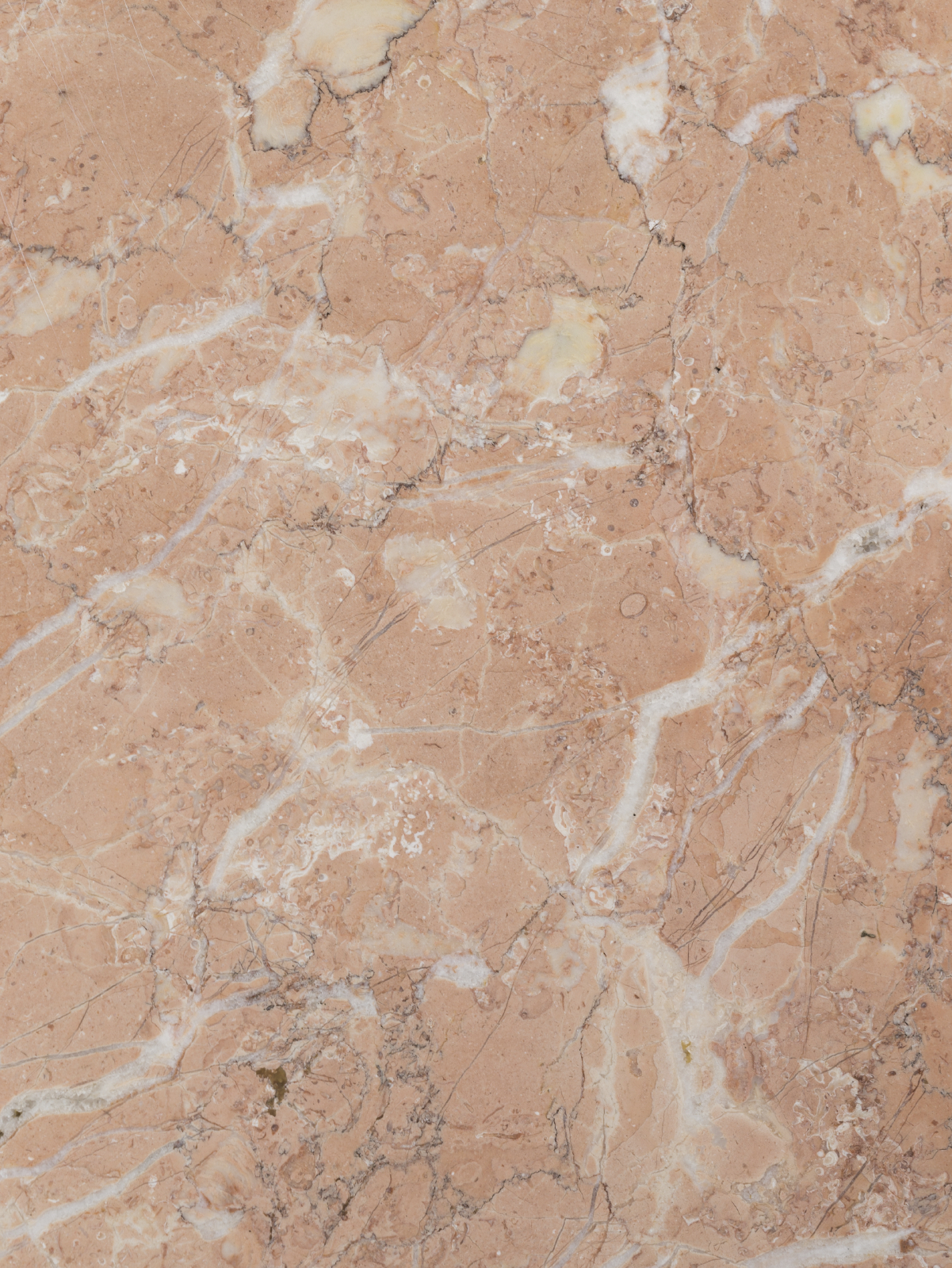The recent Supreme Court case of Fearn & others v Board of Trustees of the Tate Gallery has brought the ancient principles of nuisance under the spotlight. The decision has made headlines on all news channels, not just the legal press.
Facts
The claimants owned flats in a building next to the Tate Gallery (and its associated viewing platform) with floor to ceiling windows and views across London. The flat owners claimed that they were under constant scrutiny in their homes from visitors to the Tate’s viewing gallery, which included people taking photographers of them in their flats and with some even using binoculars to take a closer look inside their homes.
The claimants brought a claim in nuisance, sought an injunction, and claimed to protect their rights of privacy afforded by the European Convention of Human Rights.
Decision
Their claims were rejected by the High Court who put the onus back on to the claimants by saying the viewing platform was not a nuisance as the claimants could put up curtains and blinds to protect themselves from intrusion from the viewing platform. The Court of Appeal also rejected their claims on the basis that the law did not and should not recognise overlooking and visual intrusion as an actionable nuisance.
In February 2023, after a six year long battle, the Supreme Court overturned (and heavily criticised) the judgments of the lower courts in what will arguably now become the starting point for any claim in nuisance for decades to come.
Their Lordships held that whilst the law may not have recognised this form of visual intrusion as a nuisance before, the categories of nuisance are not closed and the intrusion on the claimants in their own homes was “much like being on display in a zoo”. The unusual circumstances of this case meant the decision turned on the question of what was the “ordinary use” of the Tate Gallery. The Supreme Court held that the use of other parts of the gallery building that also overlooked the claimants’ flats, for purposes such as offices and restaurants, would not constitute a nuisance as they were ordinary uses of a gallery. However, the express encouragement for visitors to use the viewing platform for the purpose of looking out (and therefore into the claimants’ flats) was not ordinary for the use of an art gallery and therefore, it caused a nuisance.
We now await to see what remedy is awarded to the claimants after their hard fought battle.
This judgment puts a socially progressive principle right at the heart of nuisance and emphasises the rule of “give and take”. Going forward, it will be interesting to see how this newly highlighted principle will apply in a world of CCTV, social media and seemly ever increasing scrutiny.
Key points
- Visual intrusion can be a nuisance
- The “ordinary use of land” is privileged so it is never a nuisance even if it severely harms the amenity of neighbouring land. It must be a substantial interference with the ordinary use of the claimant’s land. The use as a viewing gallery is manifestly very particular and an exceptional use of land. This should ease the concern for developers. Whilst they will need to consider the impact of this judgment, the construction of a building is not a nuisance but it is in fact how such a building is used that could cause the nuisance.
- It is not a defence that the claimant came to the nuisance. It was not relevant to the court’s decision whether the flats were built/purchased before or after the viewing gallery started to be used.









